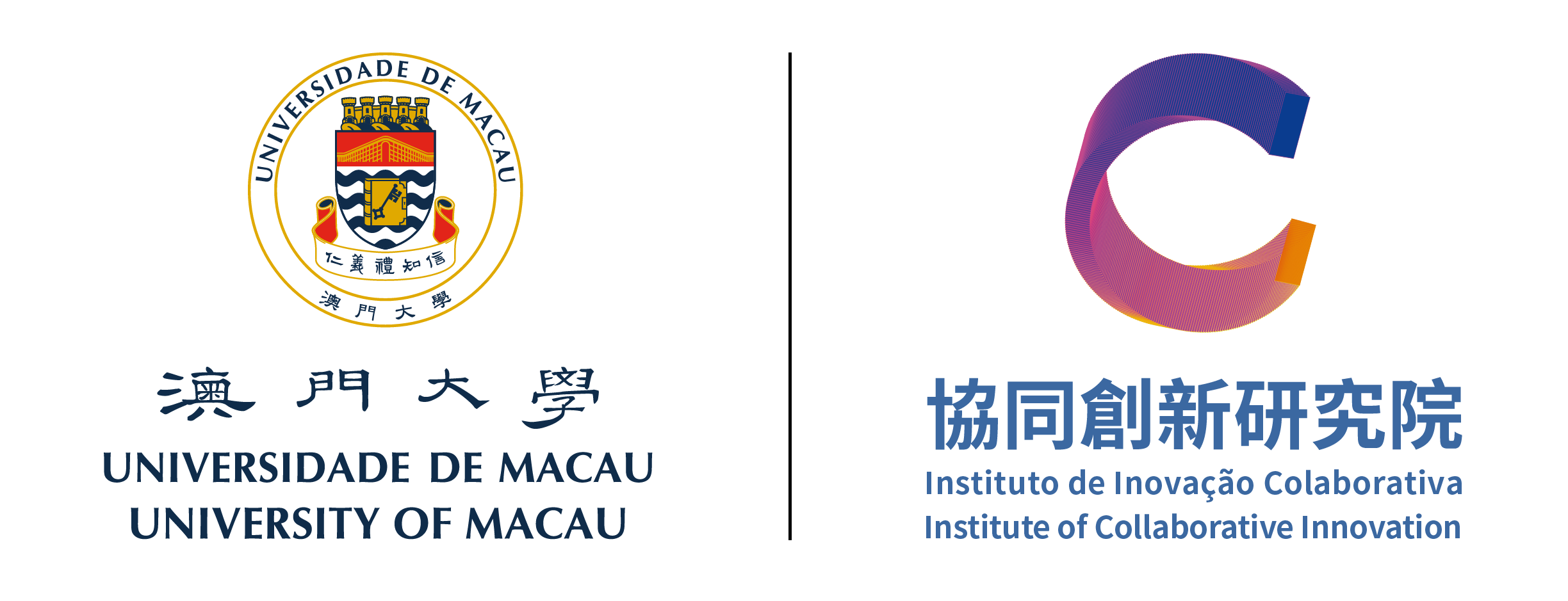
I. Background
Blockchain comes from bitcoin created by Satoshi Nakamoto. As the underlying technology of bitcoin, blockchain is in its nature a decentralized database, namely a technical solution to maintaining a reliable database in a decentralized and trustless way. On 15 December 2016, China’s State Council published the “Thirteenth Five-Year Plan for National Information” in which blockchain was first listed among other cutting-edge new technologies calling for fundamental development. In 2017, blockchain technology became a favourite of the fintechers, stealing the spotlight of the finance sector. Many traditional financial institutions and fintech start-ups started to explore the use of blockchain in finance. Characterised by decentralisation, consensus mechanism and inchangeability, the technology of blockchain was able to solve the long-existing headaches of the finance industry while applied successfully in such scenarios as digital currency, cross-border payment and settlement, bill- and supply-chain-related financial services, security issuing and transaction, and credit investigation and anti-fraud issues.
The turning point came, however, on 4 September of the same year when seven ministries and commissions of China including the central bank issued an announcement about the prevention of financing risks from token offerings, which defined Initial Coin Offerings as an unapproved and illegal public fundraising approach. It was ordered that all virtual currency exchange platforms in China be closed by regulators from 8 September 2017. Consequently, the price of virtual currencies took a tumble.
What on earth is blockchain? Is it a revolutionary technology or a scam? Where does the value of digital currencies come from? Why is blockchain revolutionary and what is its bottleneck? What changes would it bring to future finance and other sectors like tourism? How can we develop a simple blockchain application? All the questions above will be answered in this training course.
II. Course
| Date: | 17 and 18 March 2018 |
| Time: | 9:00am – 1:00pm, 2:00pm – 6:00pm |
| Quota: | About 40 students |
| Target: | UM students with priority to postgraduate students and those with programming knowledge |
| Fee: | Free of charge (MOP200 deposit) |
| Location: | University of Macau |
| Medium of Instruction: | Mandarin and English |
| Application: | Complete the application form and email to ICI.Innovation@umac.mo |
| Deadline of Application: | 2 March 2018 |
| Announcement of Admission: | 6 March 2018 |
| Deposit: | The deposit should be paid at the Centre for Innovation (N6-2030) within 3 days upon admission notification. Otherwise, the quota should be deemed given up. The deposit will be fully refunded to students with attendance reaching 75%. |
| Certificate: | Participants with attendance reaching 75% and completing the class requirements will be awarded a certificate issued by the Institute of Collaborative Innovation. |
Download the course description
III. Instructor
Dr. Deng Mu (CEO of Shenzhen Hui Zhi Technology Co., Ltd.) and Dr. Suiunbek Ibraev (Head of Market Risk Analytics and Market Price Control Department at OCBC Bank)
Dr. Deng Mu graduated his PhD from the National University of Singapore. He has years of experience in corporate credit and risk management and financial market risk management, and is familiar with various credit risk models and pricing models of assets which includes many financial products, such as interest rates, bonds, credit, futures, foreign exchange, so far and so forth. Dr. Deng Mu and his team set up Huizhi District Blockchain Asset Digital Ecosystem. Last year, The Company signed a “Blockchain + Smart Parking” application demonstration project with the Government of Guangzhou Development Zone. With the construction of residents’ park parking lot, through the blockchain decentralization and smart contract, they put forward new technology path and scenario experience.
Dr. Suiunbek Ibraev has more than 16 years of investment banking experience. He worked in Frankfurt, London and Singapore as a front office quant in Dresdner Kleinwort, Commerzbank, VTB Capital, ANZ specialising in interest rates and foreign exchange exotics. Models developed by Dr. Ibraev had been used for real time pricing, hedging and risk management. He is in charge of analytics and market price control in market risk management department at OCBC Bank. Dr. Ibraev oversees model validation, ALM and risk methodologies, e.g. VaR and CRE. He holds PhD in Global Optimisation on Parallel Computer from University of Wuppertal, Germany.
IV. Course Contents
The course consists of both theory and practice, covering the following contents:
- What is blockchain
- Current development of blockchain
- Analyze the current development of blockchain from international, domestic and financial perspectives.
- Analyze how regulatory policies influence the development of blockchain technology.
- Classification of blockchain
- By application type: digital currency (1.0) -> smart contract (2.0) -> …… (3.0).
- By decentralization level: public blockchain -> consortium blockchain -> private blockchain.
- Key technologies of blockchain
- Linear database of chronologically recorded blocks (units).
- Consensus mechanism: POW, POS, DPOS, PBFT etc.
- Distributed bookkeeping.
- Encryption algorithm system: SHA256, HASH256, ECC, Merkle Root etc.
- The revolutionary blockchain technology and its bottleneck
- Analyze why blockchain technology is revolutionary and what constitutes its bottleneck by comparing the case of digital currency with the current e-payment solutions in terms of function, performance, occupancy of resources and security.
- Analyze the differences and connections between distributed bookkeeping, distributed computing and distributed database.
- Smart contract
- Introduce what a smart contract is and how it works.
- Analyze the advantages of combining a smart contract and a blockchain.
- Application of blockchain in finance
- Analyze the practical application of blockchain in the finance sector: cross-border payment, R3 consortium’s Corda platform, hyperledger etc.
- Application and prospect of blockchain in other industries
- Analyze the advantages of blockchain in areas such as smart contract, record keeping and paperless credentialing.
- Provide an outlook for the development of blockchain technology through comparing consortium blockchain and public blockchain.
* For enquiry, please contact Mr. Calvin Vong or Mr. Gabriel Chan at tel: 8822 8683/ 8822 4619 or email: ICI.Innovation@umac.mo

